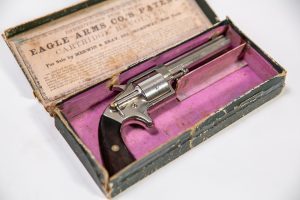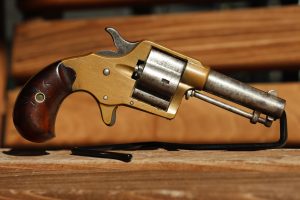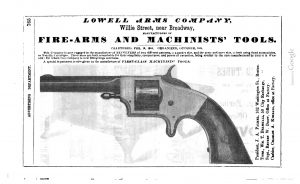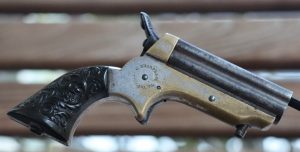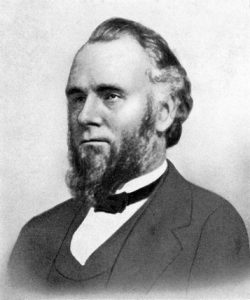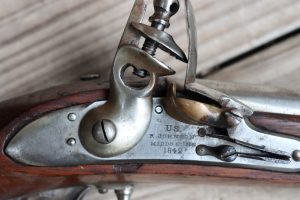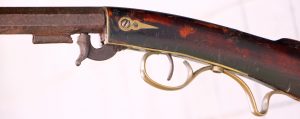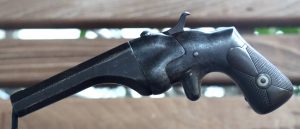
Connecticut Arms Hammond Bulldog
On June 11, 1863, the Connecticut Arms and Manufacturing Company was incorporated in Hartford, Connecticut. Like so many other companies from this era, they were undoubtedly spurred by the massive surge in sales of cartridge load handguns. With the Civil War raging, there was no shortage of demand for firearms of all sorts.
And, in the true manner of Yankee ingenuity, the founders of the Connecticut Arms Company thought they had a great new novel idea.

